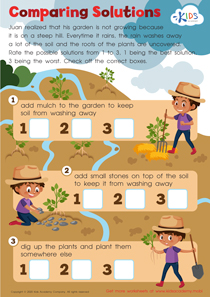Songs worksheets activities for Ages 6-8
9 filtered results
-
From - To
Discover an engaging collection of songs worksheets and activities designed specifically for children ages 6-8. Our resources incorporate fun melodies and lyrics that foster a love for learning while enhancing vocabulary, literacy, and listening skills. Each worksheet is tailored to encourage creativity and comprehension, featuring interactive tasks that make learning enjoyable. From matching song titles to lyrics, to fill-in-the-blank exercises, these activities provide varied approaches to music education. Perfect for classroom use or home learning, our songs worksheets inspire young minds and promote a playful learning environment. Start your musical education journey today to captivate your child's imagination!
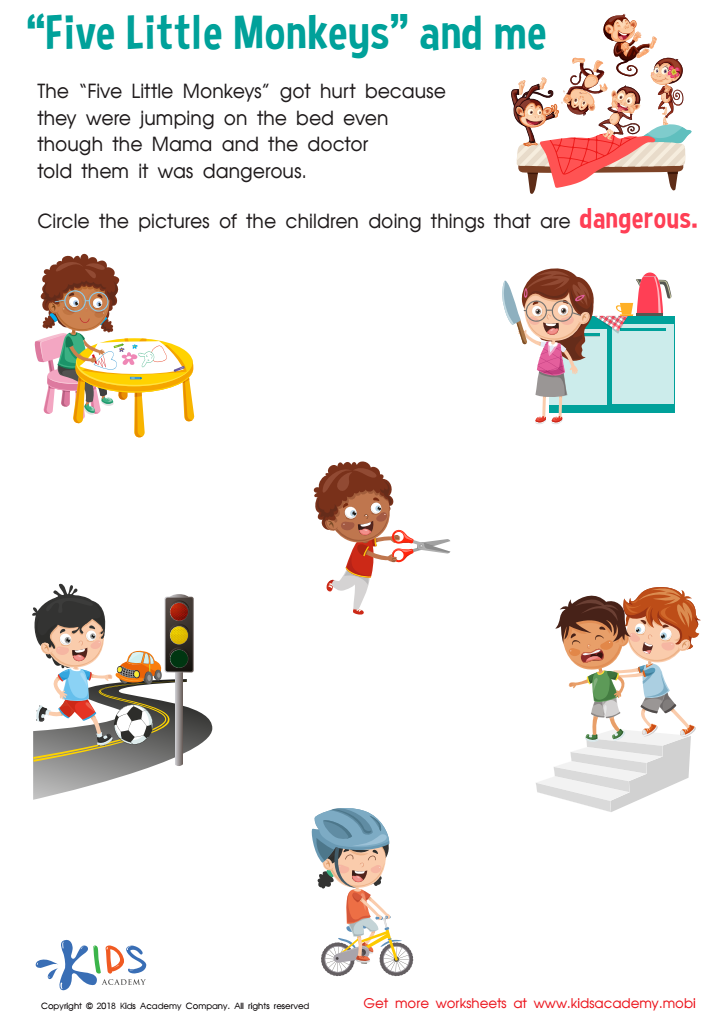

Five Little Monkeys and Me Worksheet
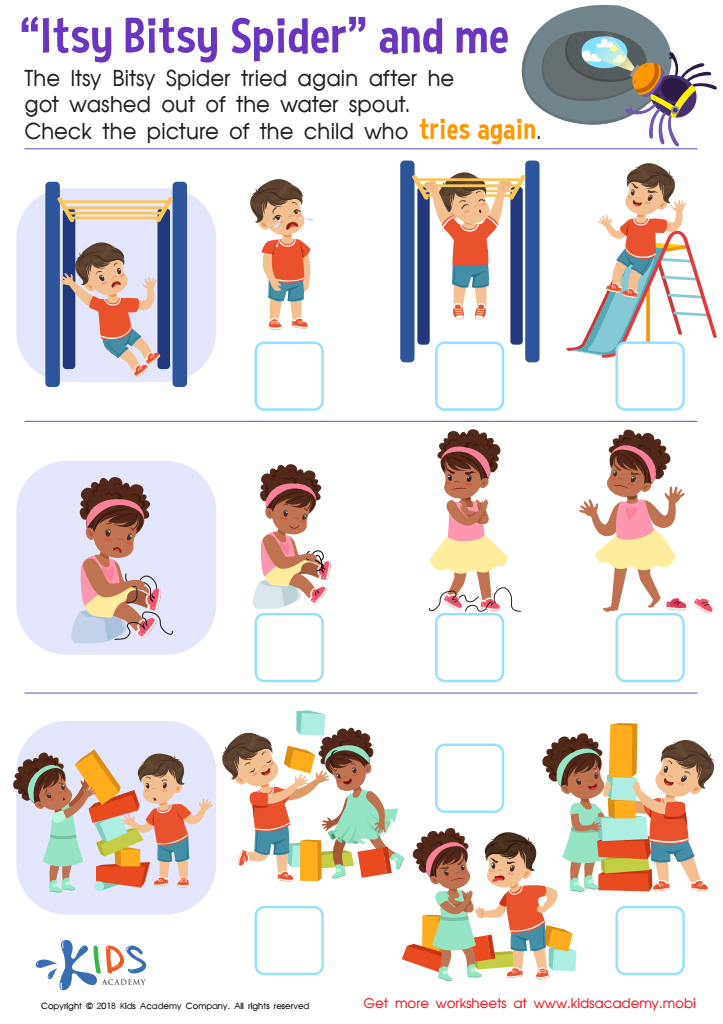

Itsy Bitsy Spider and Me Worksheet
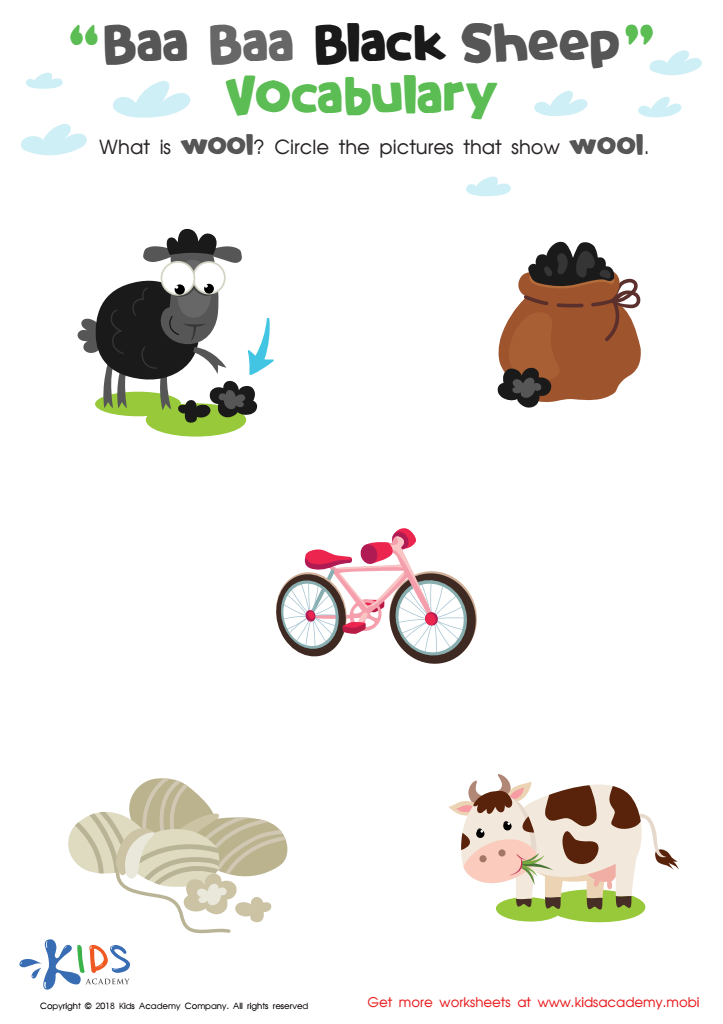

Baa Baa Black Sheep: Vocabulary Worksheet
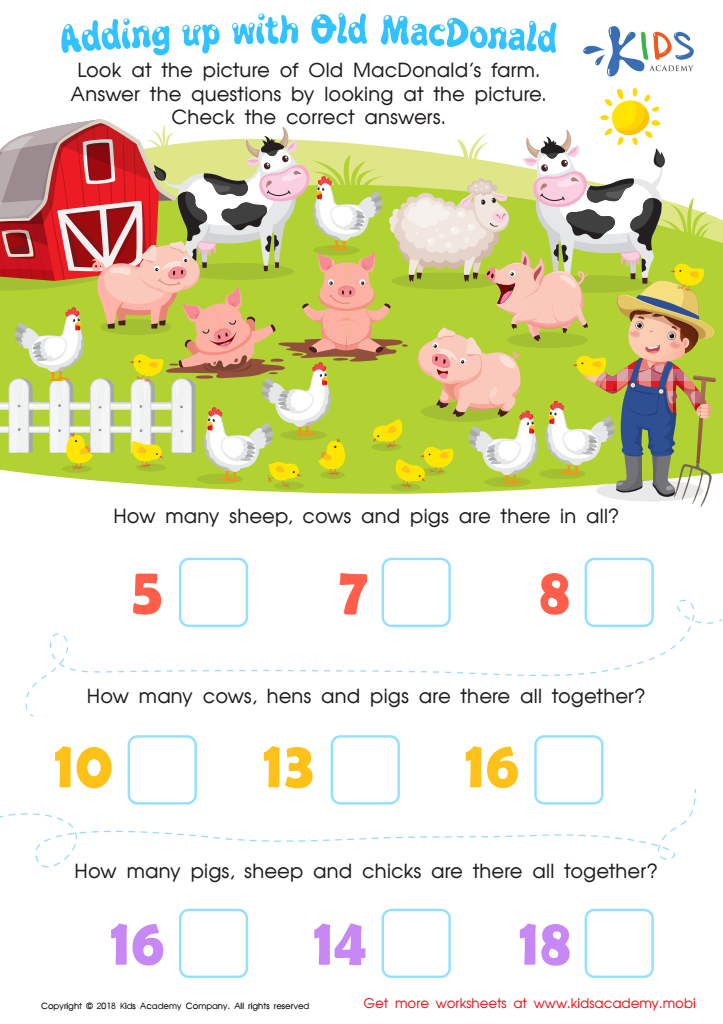

Adding Up with Old MacDonald Worksheet
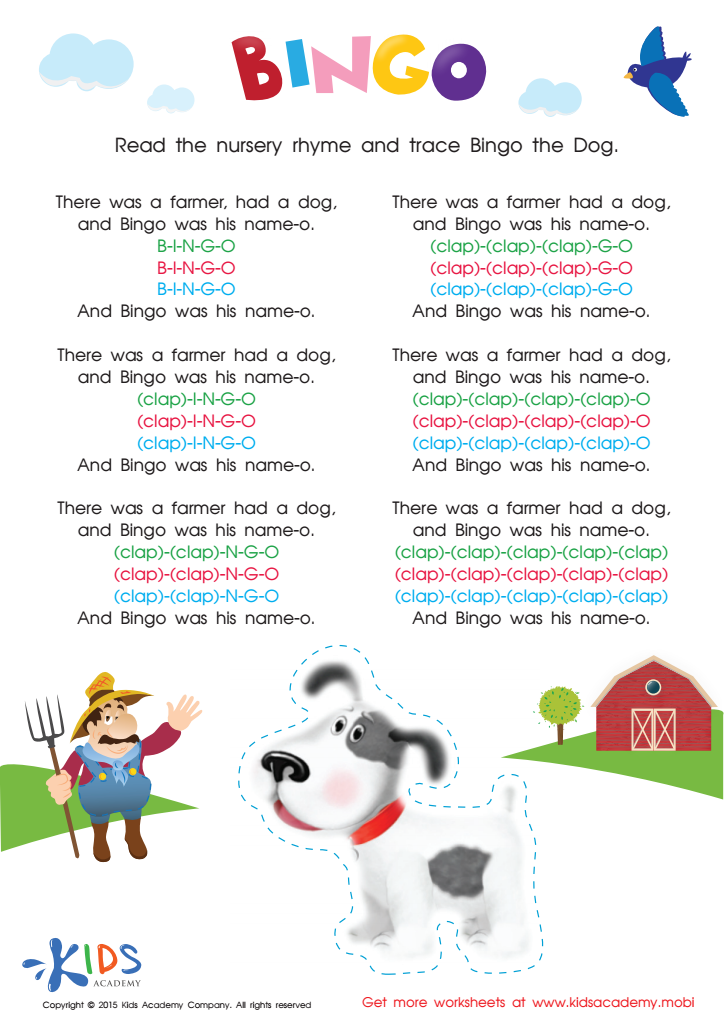

Nursery Rhymes: The Bingo Song Worksheet
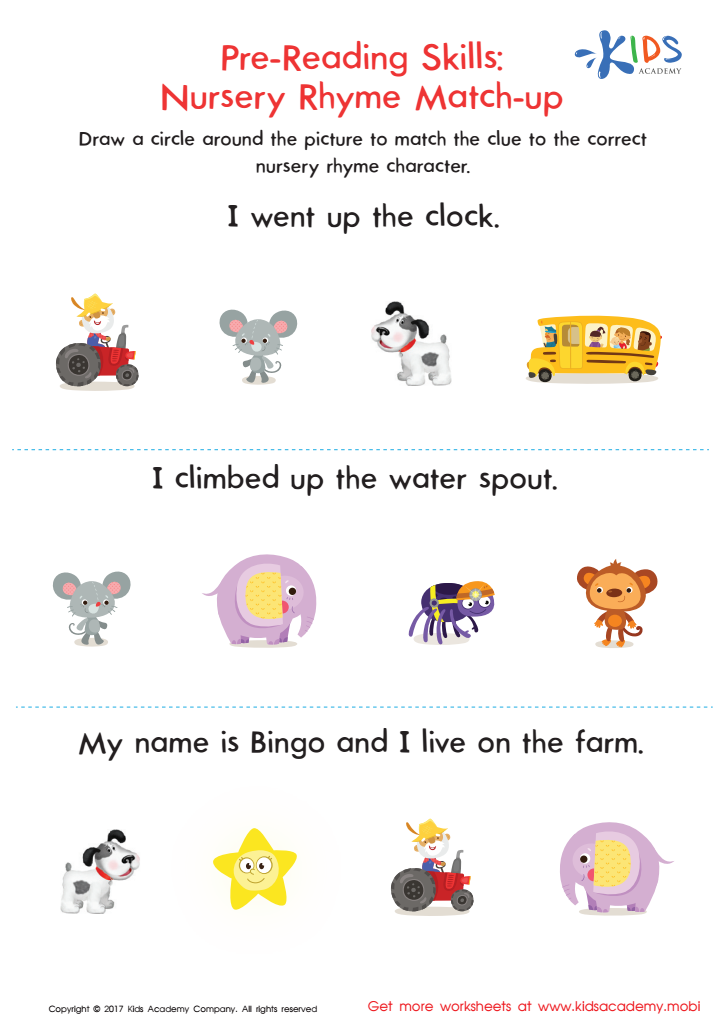

Nursery Rhyme Match–Up Worksheet
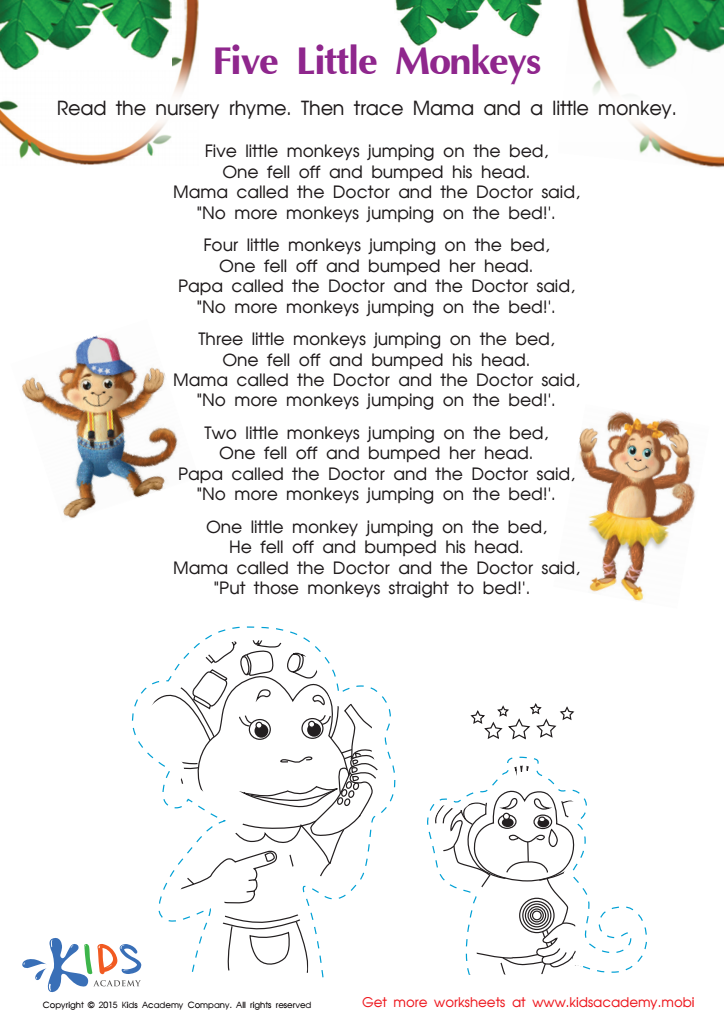

The Five Little Monkeys Nursery Rhyme Worksheet
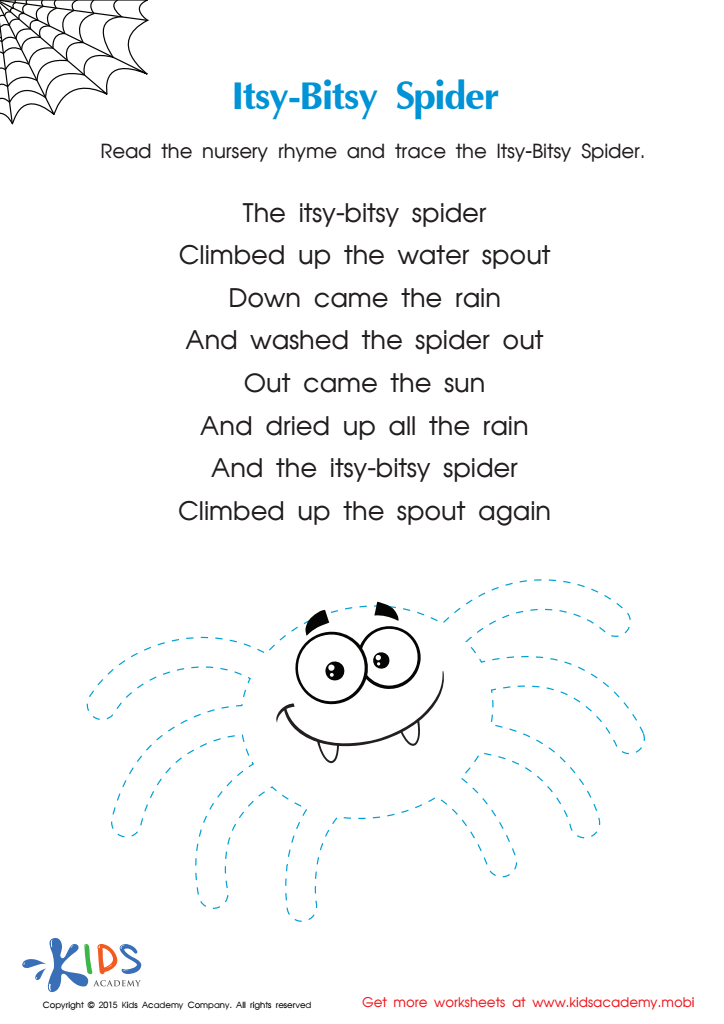

Itsy Bitsy Spider Nursery Rhyme PDF Worksheet
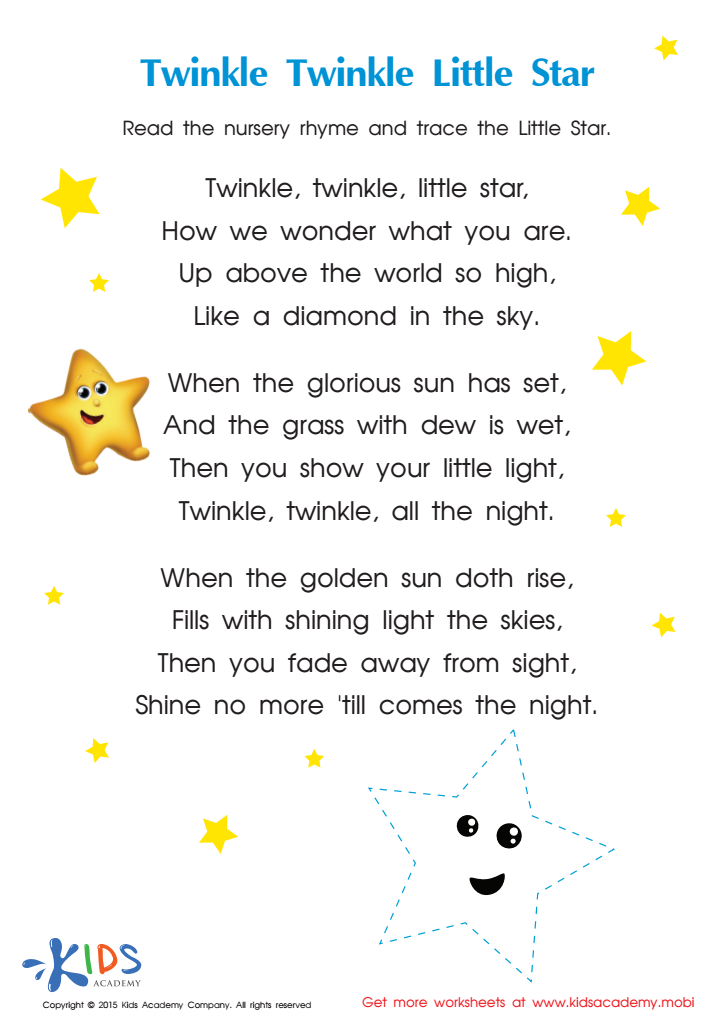

Nursery Rhymes: Twinkle Little Star Worksheet
Songs and music activities for children aged 6-8 offer numerous benefits that parents and teachers should prioritize. At this age, children are developing critical cognitive and social skills, and engaging with music can significantly enhance these areas. Singing songs helps improve language development, as it introduces new vocabulary, promotes phonemic awareness, and fosters better pronunciation through rhythmic repetition and melody.
Moreover, music activities stimulate emotional expression and creativity. They provide a safe space for children to explore their feelings, boosting self-esteem and confidence as they share their voices and ideas with others. Collaborative song activities encourage teamwork, teaching children to listen to their peers, respect diverse viewpoints, and share in group success.
Songs often incorporate lessons about various subjects—science, math, history—making learning more enjoyable and memorable. Rhythmic patterns aid memory retention, and catchy tunes can turn abstract concepts into engaging lessons.
Furthermore, music and movement promote physical coordination and can enhance focus, helping children to channel their energy positively. Overall, songs and musical activities not only contribute to cognitive development but also support emotional and social growth, making them invaluable tools for nurturing well-rounded young learners.
 Assign to My Students
Assign to My Students












